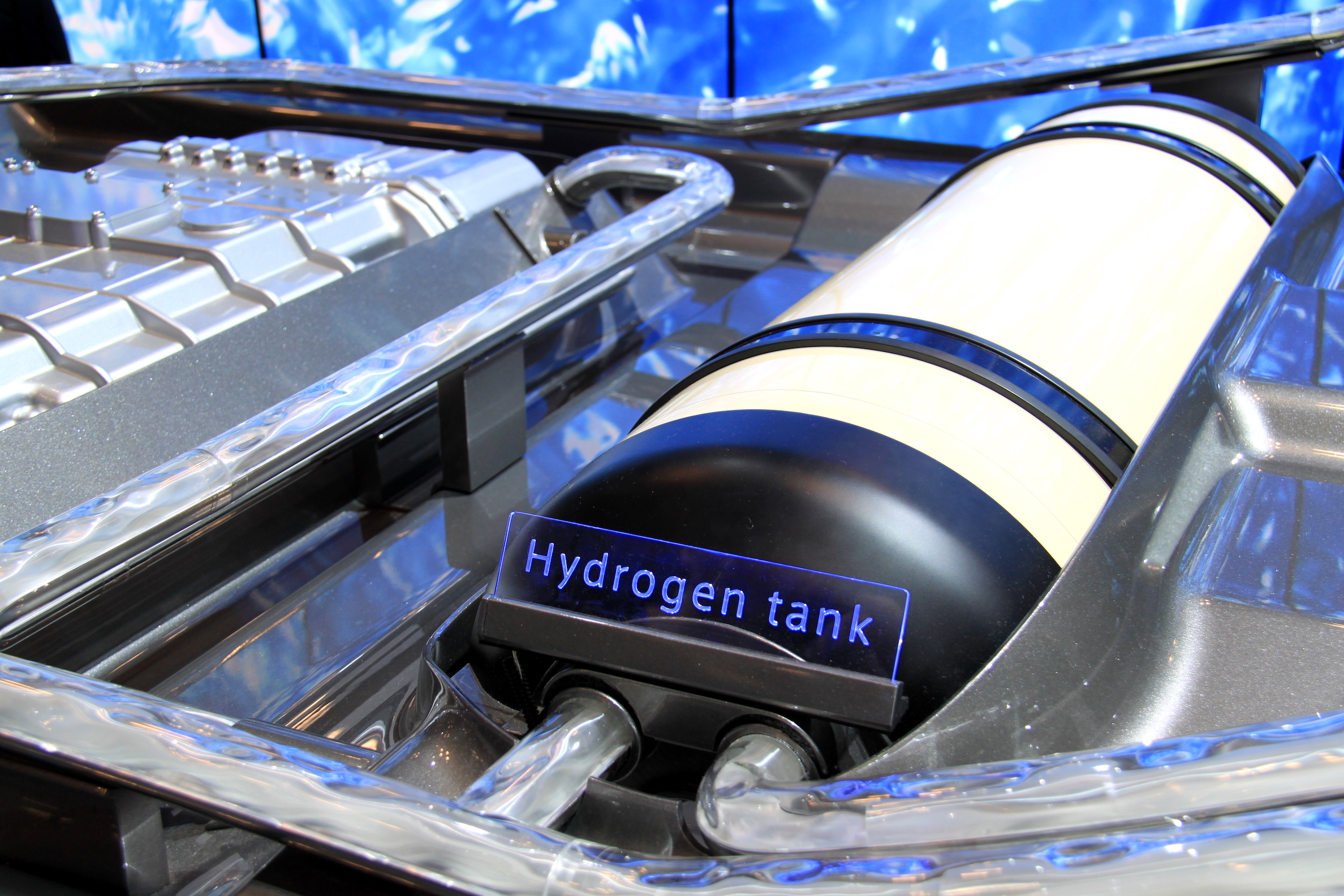In June, METI updated the Basic Hydrogen Strategy that it first announced in 2017. It was always understood the Strategy would need to be updated periodically to align with developments in the energy sector and global markets. But the changes in recent years have been particularly pronounced, especially in the targeted timeframes for the energy transition.
So, perhaps it was no surprise to see the Strategy shift emphasis much more towards renewables-produced hydrogen. More than that, the update expanded the role that the clean-burning gas might play. If in 2017 it was portrayed merely as fuel, today, it is seen also as a component – an essential raw material for carbon recycling, synthetic fuels and even for ammonia.
However, one thing in the Strategy hasn’t changed – the June update maintained the key development targets. The 2030 goal for hydrogen cost remains at ¥30/Nm3; while the 2050 goal remains at ¥20/Nm3. Also, there’s the 2030 goal for 800,000 units of fuel cell vehicles.
In just the past four months, industries have been impacted significantly by this new strategy. An increasing number of power utilities, as well as major industries operating coal power stations, have begun to study coal-ammonia co-firing or plan to soon do so. The use of hydrogen for methanation and other industrial gas recycling processes is spreading outside the gas utilities sector.

